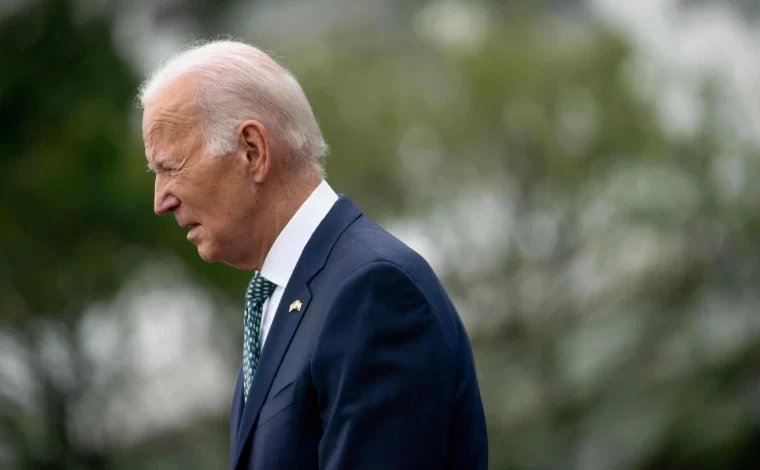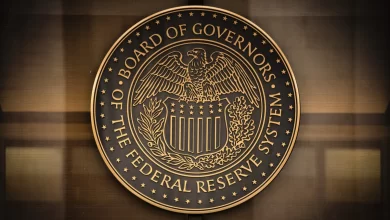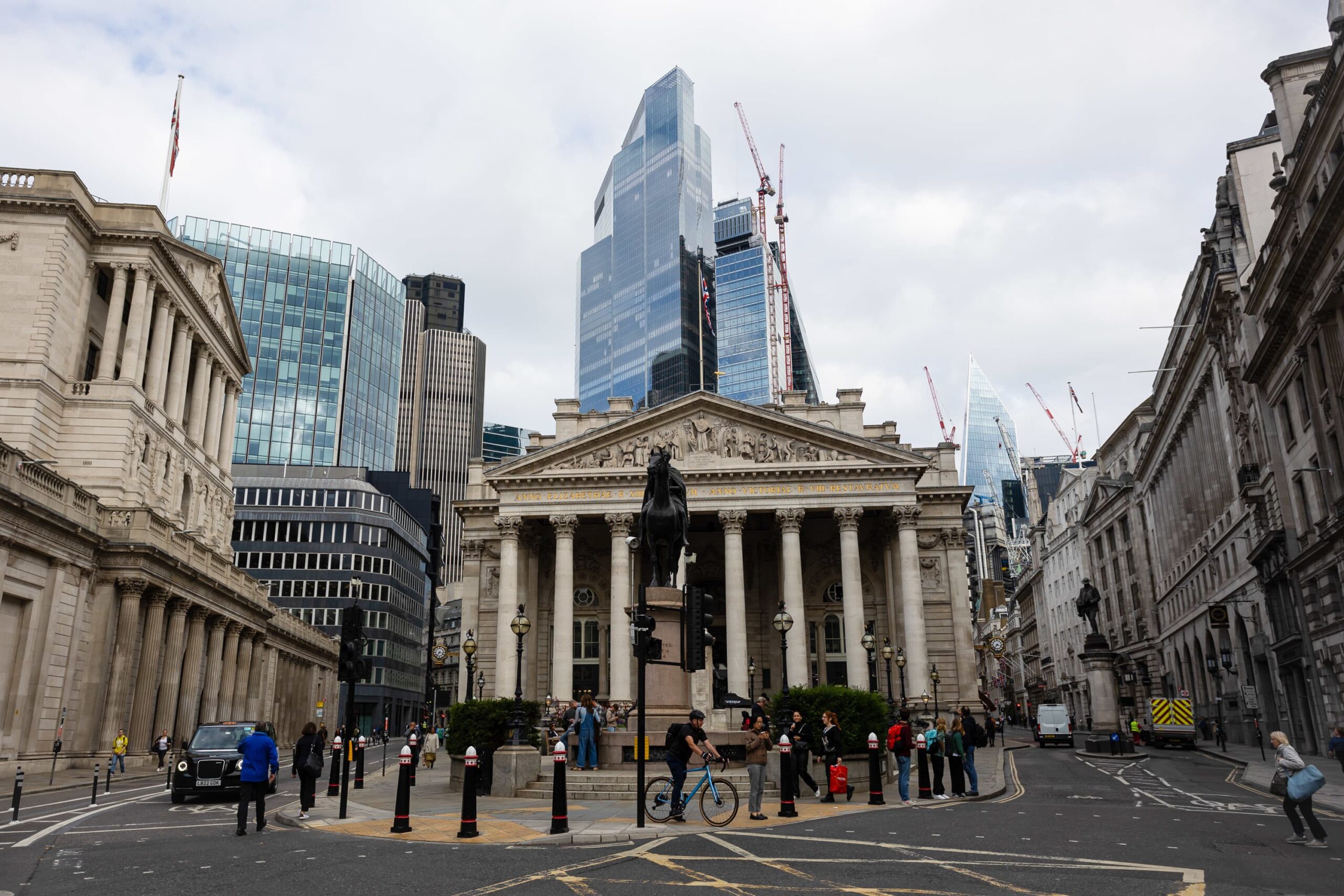
During a speech, President Joe Biden acknowledged the term “Bidenomics” that the press has assigned to his economic plan. While claiming uncertainty about its meaning, Biden humorously stated that whatever it is, it is working.
Biden’s Campaign Strategy
Recognizing the lack of familiarity among voters with Bidenomics, the president will embark on a nationwide campaign this summer and fall. His aim is to inform voters about his accomplishments and improve the overall national sentiment. This campaign marks the beginning of Biden’s 2024 reelection bid.
Dispelling Misconceptions
Despite perceptions that Biden is ineffectual and lacking mental acuity, he has made significant progress on longstanding issues that have troubled previous administrations. Despite his well-known gaffes, Biden successfully navigated the standoff over raising the US borrowing limit, outmaneuvering the chaos wing of the Republican party to prevent a catastrophic default.
Bidenomics: A Directional Shift in the Economy
Bidenomics entails utilizing government power to redirect the economy and address perceived market failures of the past three decades. It seeks to counter the adverse effects of globalization on America’s blue-collar workforce by incentivizing the return of key manufacturing industries to the United States, with preferences given to firms employing unionized workers. Additionally, Bidenomics recognizes the urgent need for capitalism to address climate change and reduce carbon emissions. The Inflation Reduction Act, signed by Biden last year, provides substantial incentives for the adoption of green energy, again favoring union workers.
Reshaping Industries and Combating China
Biden’s administration has negotiated and enacted several major bills during its initial two years in office. These bills aim to revitalize the US energy, automotive, and semiconductor industries. The 2022 CHIPS Act, for example, seeks to reestablish high-end semiconductor manufacturing in the United States while countering China’s economic influence. The recently signed 2021 infrastructure law represents a significant effort to modernize infrastructure, with a focus on renewable energy and creating union jobs. Additionally, Biden intends to leverage regulatory agencies, such as the Environmental Protection Agency and the Securities and Exchange Commission, to prioritize working-class Americans and promote renewable energy. This comprehensive approach involves trillions of dollars in fiscal spending supported by robust regulation and enforcement. Notably, Biden contends that these measures will also help alleviate inflation.
The Challenges of Bidenomics
The effectiveness of Bidenomics remains uncertain due to its competing priorities. According to Beacon Policy Advisors, the endeavor to address climate change, support labor, and combat inflation is akin to solving a Rubik’s Cube. Attempting to please everyone often results in satisfying no one. As a consequence, both supporters and critics of Bidenomics are beginning to claim vindication.
Visible Consequences and Mixed Reactions
Examples of the consequences of Bidenomics are starting to emerge. On June 22, the Energy Department announced a $9.2 billion low-interest loan to a Ford Motor Co. joint venture. This loan, which represents the largest of its kind issued by the government, is tied to incentives outlined in last year’s Inflation Reduction Act. These incentives substantially reduce the cost of electric vehicles for buyers, potentially increasing demand and supporting job creation. The move has garnered both praise from China hawks as a necessary response to Chinese subsidies and criticism from the Wall Street Journal editorial board, which perceives it as a distortion of capitalism.
Balancing Government Solutions and Capitalism
The debate over Bidenomics highlights the tension between government intervention and capitalism. While government subsidies may introduce political considerations into business decisions and lead to inefficient capital allocation, capitalism alone may not adequately address issues such as climate change and China’s economic strategies. Bidenomics seeks government solutions to problems that the market has struggled to resolve. Consequently, numerous deals and developments, such as the green-energy loan to Ford, are expected to emerge. While some businesses receiving government support may fail, eliciting criticism of wasted taxpayer dollars, there is also the possibility of a genuine “manufacturing supercycle” that benefits blue-collar and middle-income Americans who have been left behind in the 21st century.
Biden’s Challenge: Conveying Economic Transformation
Despite these developments, President Biden’s approval rating remains low, indicating a lack of recognition for his efforts thus far. His task as a presidential candidate is once again to convince voters that he is transforming the economy to better serve the majority of Americans. This effort begins with clarifying the concept of Bidenomics and explaining why it is essential. The third and fourth years of Biden’s presidency will be dedicated to highlighting his achievements during his initial two years in office.
Read the original article on Financial Reports



